Outstading women of Seville in the history
Saints, artists, queens, nobles, heroines or workers, … today we want to dedicate this article to the women of Seville who have endured in our memory. For their art, for what they financed, for having become icons of the city of Seville or for having starred in local legends. They led a difficult life, suffered cruelty and adversity, yet overcame obstacles.
Chronologically from the oldest to the most recent, this is a small selection of sevillians that deserve to be honored. Not all existed, or if, although sometimes the popular memory has fabled over them. Today, remembering these eight women, we can say that they are alive again.
Justa and Rufina
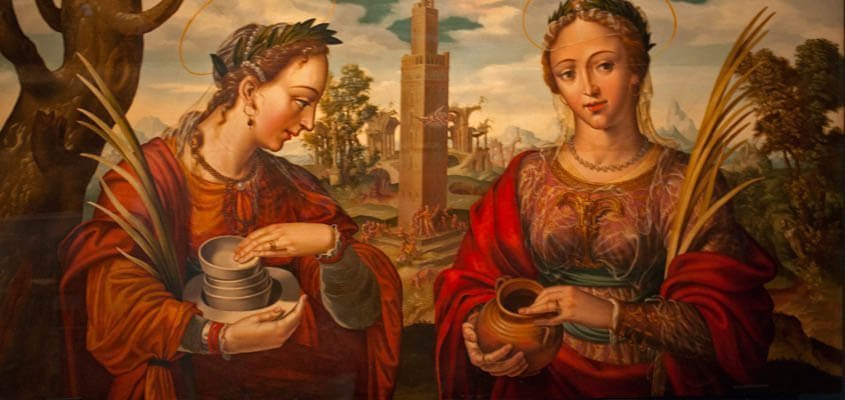
Saints. 4th century. They are considered co-patrons of Seville. They lived in Roman times. They were from Triana and were pottery makers, working the clay. Converted to the new Christian religion, they suffered persecution and died for it, and they were then canonized. Sometimes they are represented accompanied by a lion, since they were condemned to die devoured by one.
A second episode shows them in the 16th century. Due to a great earthquake the Sevillians asked for the intercession of their local saints and it was possible to see how Justa and Rufina came down from the heaven to hold the emblem of the city, the famous Giralda tower. Thanks to them, the tower did not fall and 500 years later it still stands. They therefore carry the tower of the Cathedral of Seville as an identifying element.
Itimad
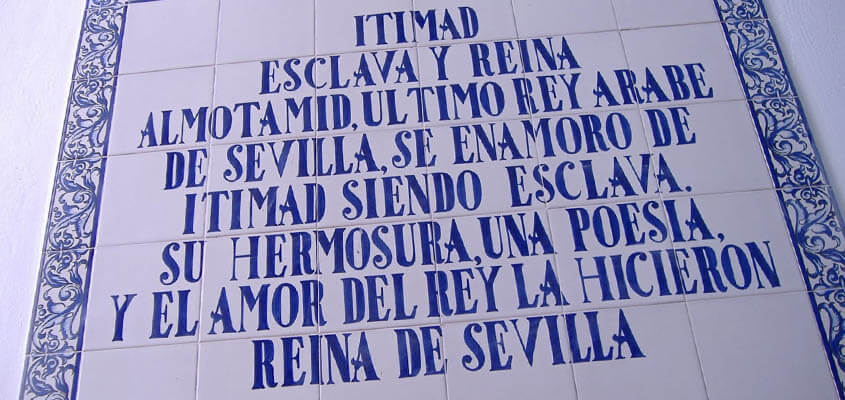
Muslim queen. 11th century. The Muslim era lasted 5 centuries. One of the brightest periods for Seville was the Taifa period (11th century) and its most famous king was Al-Mutamid, also called the poet king. Al-Mutamid of great sensitivity created a court full of artists, musicians and poets in the Alcazar of Seville. He fell in love with a slave from Granada whom he brought to live with him and became queen, Queen Itimad. Itimad loved him but she missed Granada and the snow that covered the Sierra Nevada mountains every winter. In a romantic outburst, the king ordered the Alcazar garden to be planted with almond trees, so that flowered at the end of winter, they resemble the snow that his beloved remembered from Granada. They were happy until the Almoravids conquered Seville and Al-Mutamid had to flee to Marrakech where he died.
Doña Maria de Padilla
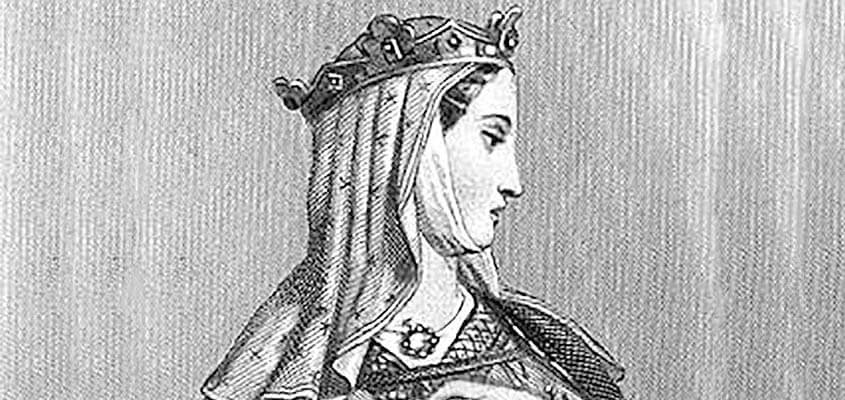
King’s favorite. 14th century. King Pedro I of Castile nicknamed the Cruel had innumerable lovers, but his favorite was Doña Maria de Padilla. Tragic history and above all brief. The king was married to Blanche of France and intended to annul his marriage in order to marry Maria de Padilla with whom he had had a son. The king’s life passed between wars and betrayals. He was murdered at age 35 by his half-brother Enrique de Trastámara who ascended the throne. Doña Maria could not become queen nor her son heir. If it is a consolation to you today, both Pedro and Maria de Padilla are buried together in the Royal Chapel of the Cathedral of Seville. What could not be in life would be for eternity
Doña María Coronel
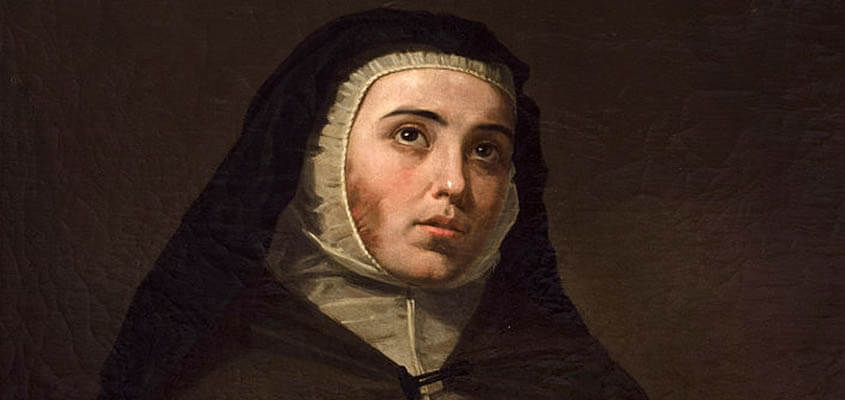
Noble and religious. 14th century. She could have been a champion of the # Me too movement. It was one more conquest of King Pedro I of Castilla. But in this case she refused to satisfy his wishes. The king did not stop harassing her and persecuted her throughout the city. Doña Maria Coronel in full flight took refuge in the convent of Santa Clara. There when the king was about to catch her, she entered the kitchen and spilled a cauldron of boiling oil on her face, totally disfiguring herself.
The king lost interest and it seems that repentant for his harassing action, he gave him money and land to found a convent. This would be that of Santa Ines, of Poor Clares nuns. Surprisingly when Doña Maria Coronel died, her body was incorrupt, even today, 700 years later, and can be visited in her convent every December 2. The aggressor king Pedro no longer likes us as well as in the previous story.
Catalina de Ribera
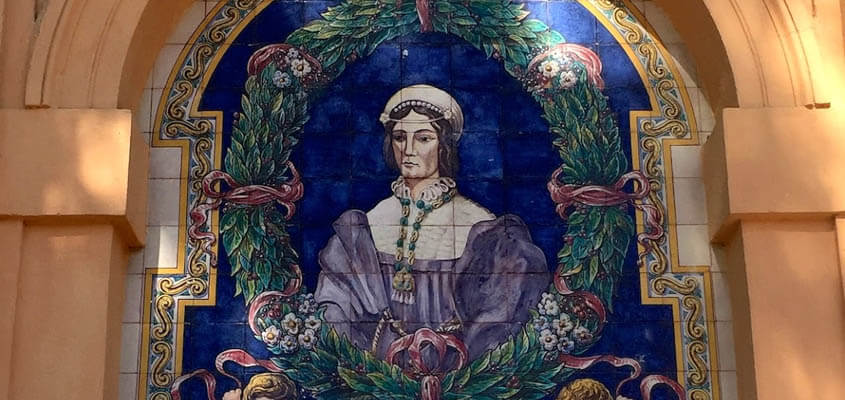
Noble and founder. 16th century. This woman who lived in the Renaissance time was born noble and wealthy, but she used her fortune to improve the city in which she lived. She is the builder of the Casa de Pilatos and the Palacio de Dueñas. But above all, its great legacy is one of the largest hospitals in Europe in the 16th century, the Hospital of the Five Wounds or Blood.
It was not the only one in the city but it was the largest and most modern. Especially necessary in a time of great plagues and epidemics. It was also intended for poor women and men, the most disadvantaged in society. It was built in the Macarena neighborhood and today it is the seat of the Andalusian Parliament.
Luisa la Roldana
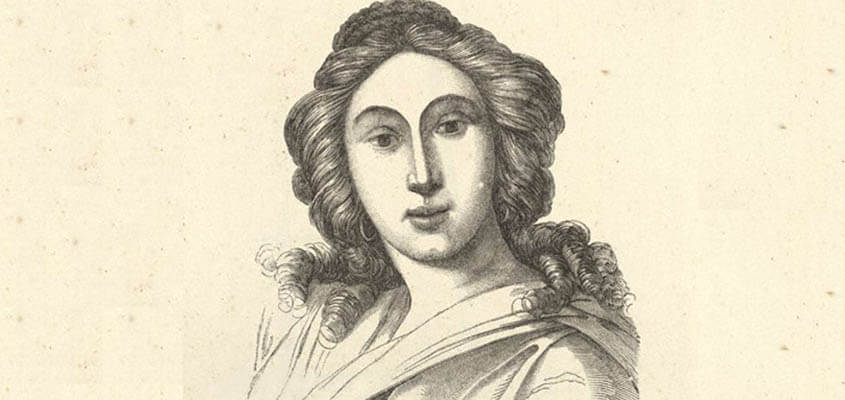
Sculptress. 17th century. She was the daughter of a great artist, also a sculptor Pedro Roldán. This favored that she could follow the profession of her father whom she equaled and they say that she even exceeded. She fought all her life and defended her trade. She worked for churches, convents and noble families. She was the first female sculptor of the court, that is, an official sculptor in Madrid de los Austrias.
However, she did not get rich and could not even lead a decent life. In fact, she died in poverty in a time of crisis that did not value the profession of artists very much either.
Carmen
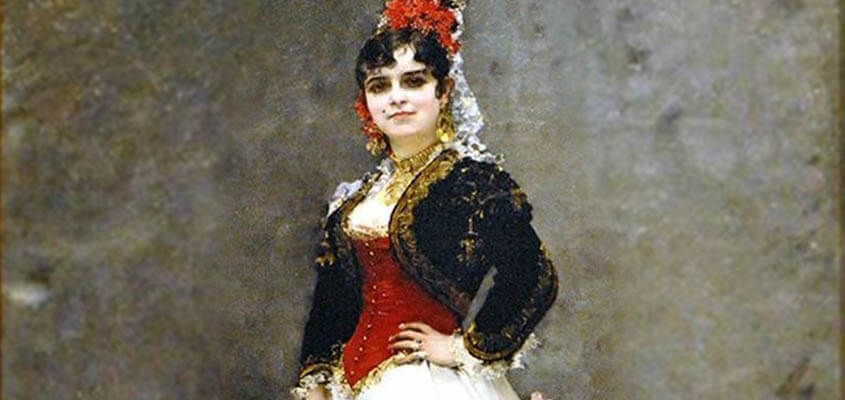
Cigar maker and opera protagonist. 19th century. Carmen is a fictional character, she rose to fame as the protagonist of a well-known French opera that recounts the vicissitudes of a worker at the Tobacco Factory in Seville in the 19th century. The story is by the French Prosper Merimée and the music by the also French Georges Bizet. It is a foreign and romantic vision of Andalusia from 150 years ago. The society that portrayed brave bullfighters, smugglers and passionate gypsies was not 100% real, but history has transcended and has helped export the image of Andalusia outside our borders.
At the top of the lateral façade of the Palace of San Telmo there are a series of statues of outstanding men: Murillo, Bartolomé de las Casas, Martinez Montañés, Daoiz and some more … without a doubt they deserve it. But these eight women would also have the right to be part of an illustrious selection of Sevillian women.

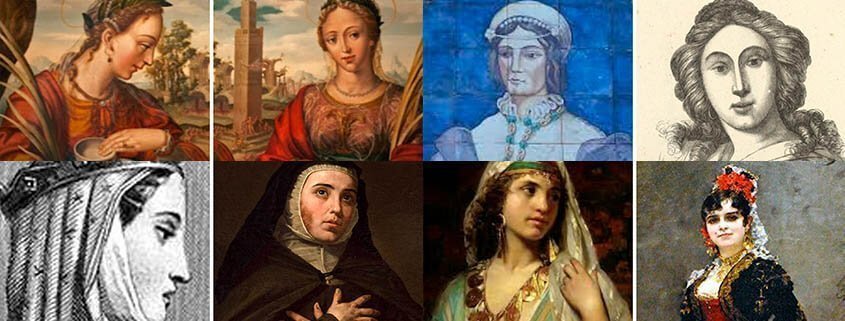

 Toursevilla
Toursevilla